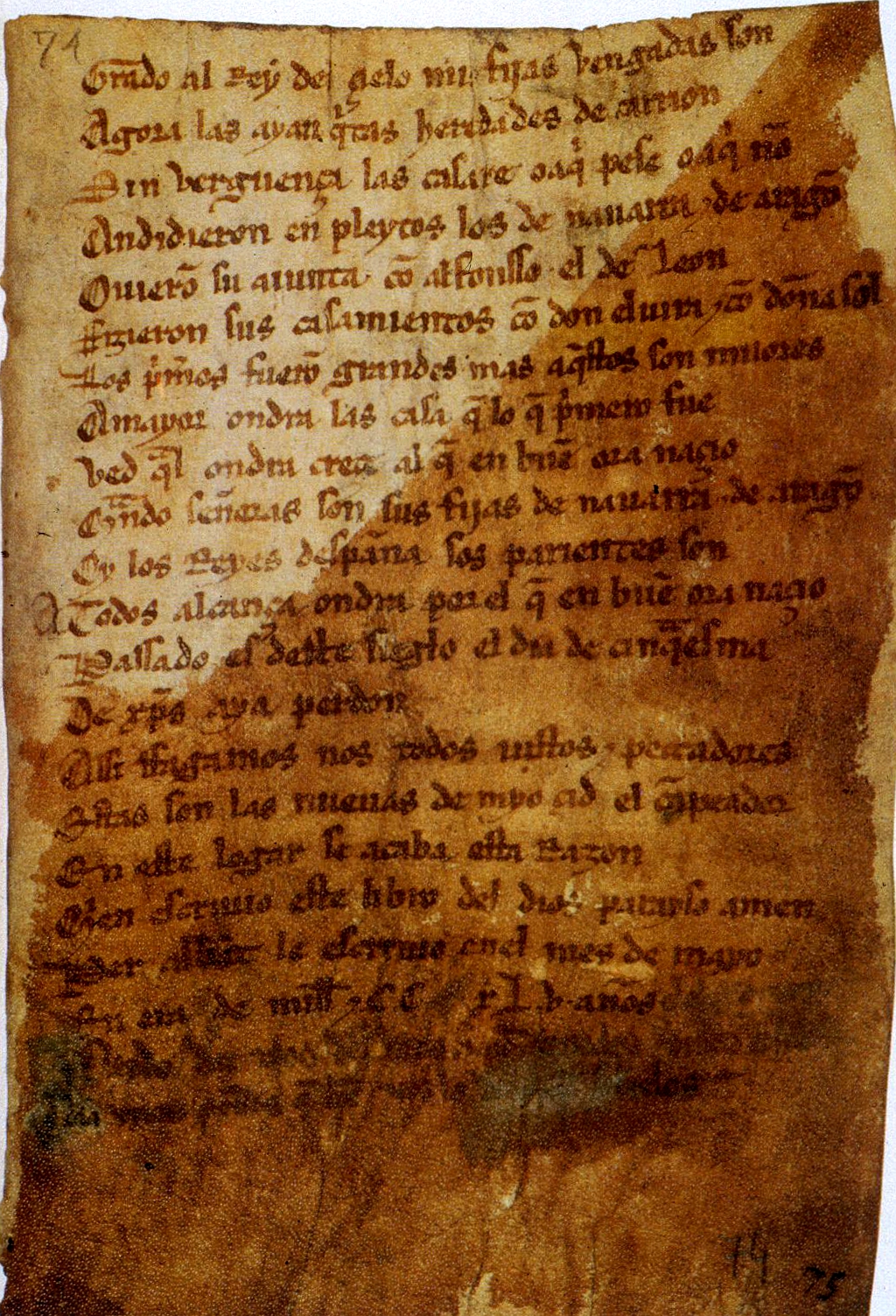Learning Spanish 101
- Introduction to Spanish
- Everyday Vocabulary
- Conversational Spanish
- Intermediate Grammar
- Travel Vocabulary
- Business Spanish
- Spanish Culture
- Advanced Grammar
- Spanish Literature
- Spanish in the Media
- Review and Practice
Advanced Grammar
Understanding Perfect Tenses in Spanish

Grammar.
Perfect tenses in Spanish are used to express actions that have been completed at the point of reference in the past, present, or future. They are formed using the auxiliary verb "haber" and the past participle of the main verb. This article will guide you through the formation and usage of the present, past, and future perfect tenses in Spanish.
Present Perfect Tense
The present perfect tense is used to describe actions that have happened at an unspecified time before now. The exact time is not important.
To form the present perfect tense, use the present tense of "haber" followed by the past participle of the main verb.
For example:
- He comido (I have eaten)
- Has visto (You have seen)
Past Perfect Tense
The past perfect tense, also known as the pluperfect, is used to talk about something that happened before another action in the past.
To form the past perfect tense, use the imperfect tense of "haber" followed by the past participle of the main verb.
For example:
- Había comido (I had eaten)
- Habías visto (You had seen)
Future Perfect Tense
The future perfect tense is used to indicate that something will have happened by a certain point in the future.
To form the future perfect tense, use the future tense of "haber" followed by the past participle of the main verb.
For example:
- Habré comido (I will have eaten)
- Habrás visto (You will have seen)
Practice
To master these tenses, practice conjugating different verbs and using them in sentences. Remember, the key to learning is consistent practice and application.
By understanding and using the perfect tenses in Spanish, you can greatly enhance your communication skills and express complex ideas and situations. Happy learning!